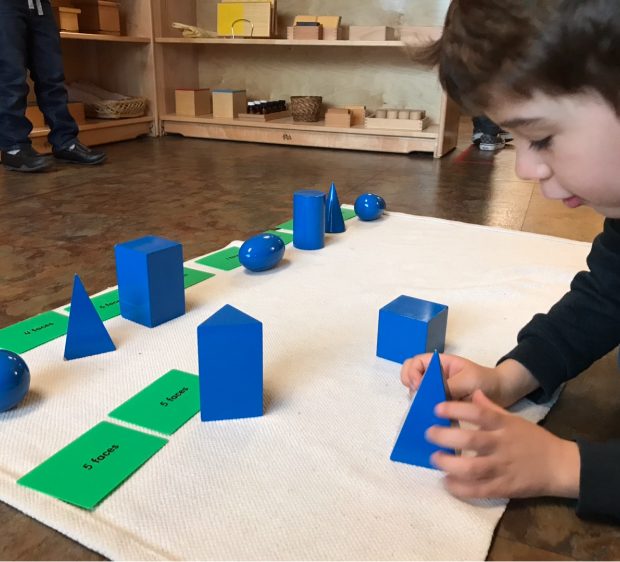Folding is a wonderful Montessori exercise in building independence, confidence and fine motor skills, by utilizing an everyday object, cloth.
Food prep is a multi-stepped lesson that requires concentration, order, and coordination to be successful. The child has to first wash her hands, set out the material, prepare the food to serve, and then use social skills to offer the food to her peers.
Maria Montessori designed the Practical Life curriculum to teach children concentration, independence, and a great love for work.She discovered that children have an innate need to imitate the activities of adults, as this is their way of learning about their role within society and their environment.
The Bubble Whisking Practical Life activity can easily be completed in the home environment. Read on to see how this seemingly simple activity benefits a child's development.
Dry Pouring, from the Practical Life area, helps children refine skills that will help them in everyday life and is easily adaptable to the home environment.
The process of flower arranging is predictably sequenced with precision and care, as are all of the practical life activities, to best support the development of coordination, concentration, order, and independence.
Pin punching is a fine motor activity and is easy to do at home. Starting with a piece of construction paper, students trace around a shape or draw a simple picture. Then, using a push pin, students carefully create perforation around the shape by making small holes along the line.
The exercises in the Practical Life area reflect Montessori’s concept of “an education for life” as the child develops practical skills necessary to gain mastery over his actions and she learns to use the common objects of daily life.
For young children, open ended art provides unlimited possibilities for creativity and concentration. Rather than provide detailed instructions or coloring books, offer different mediums like watercolors, crayons, colored paper, scissors and glue.
The sensorial curriculum area is unique to Montessori education, encouraging children to engage all five senses in their learning, forming concrete ideas from the abstract in their environments. The Geometric Solids are a key part of the sensorial curriculum area, allowing children to understand 3D shapes by making them tangible objects.












